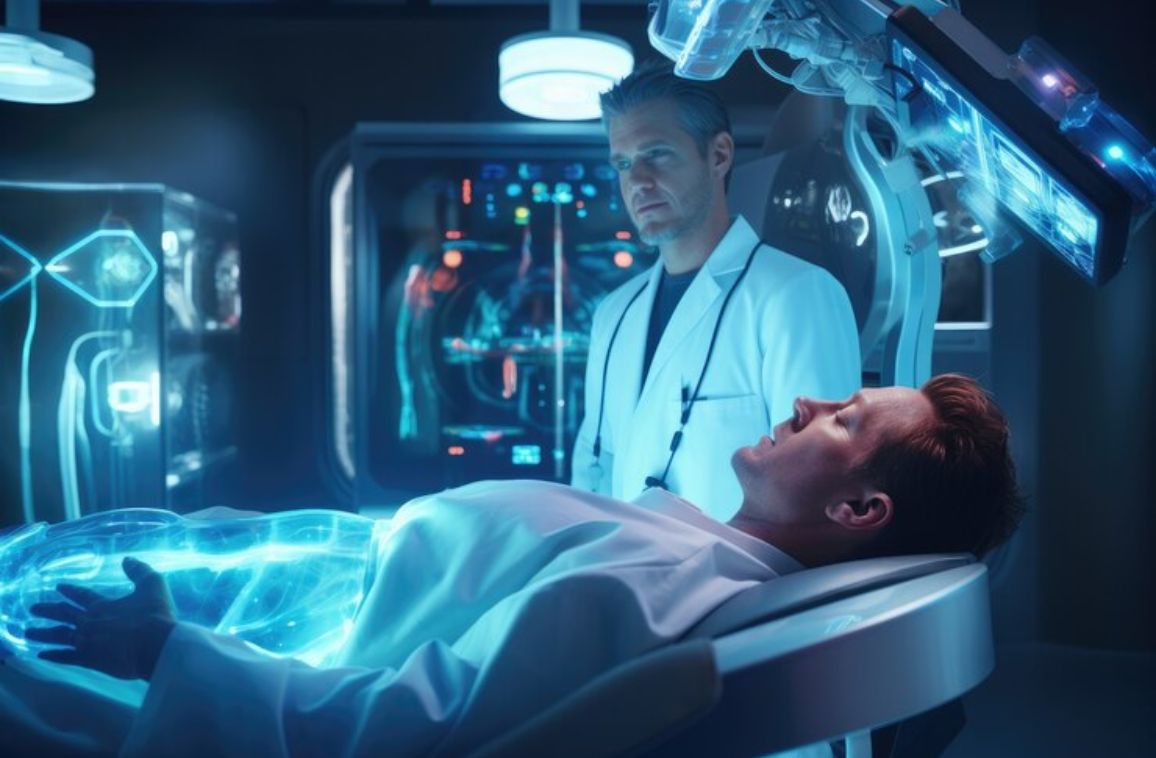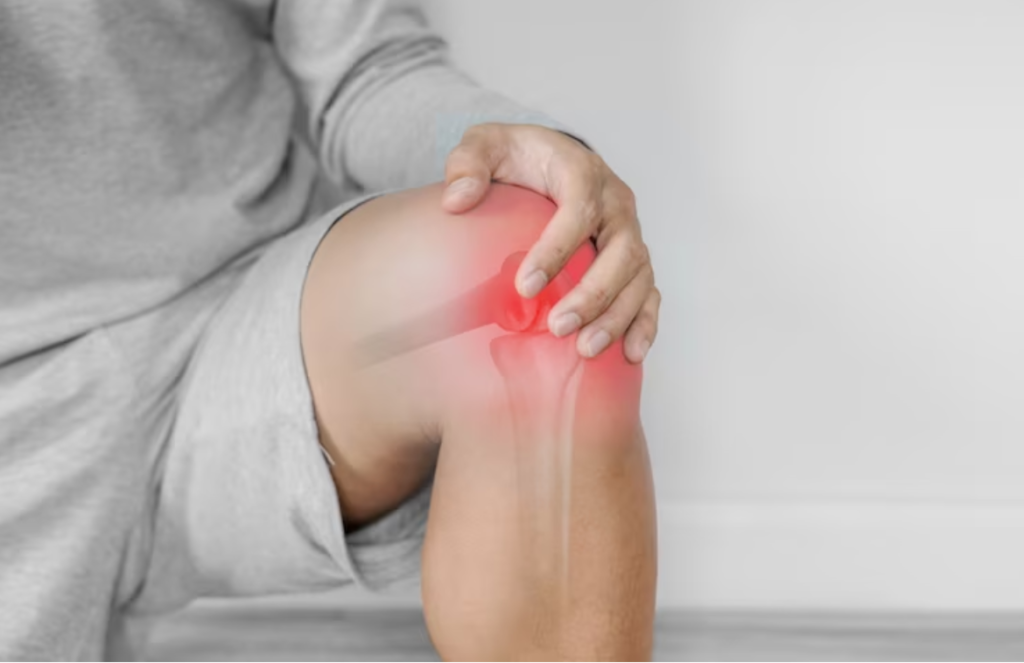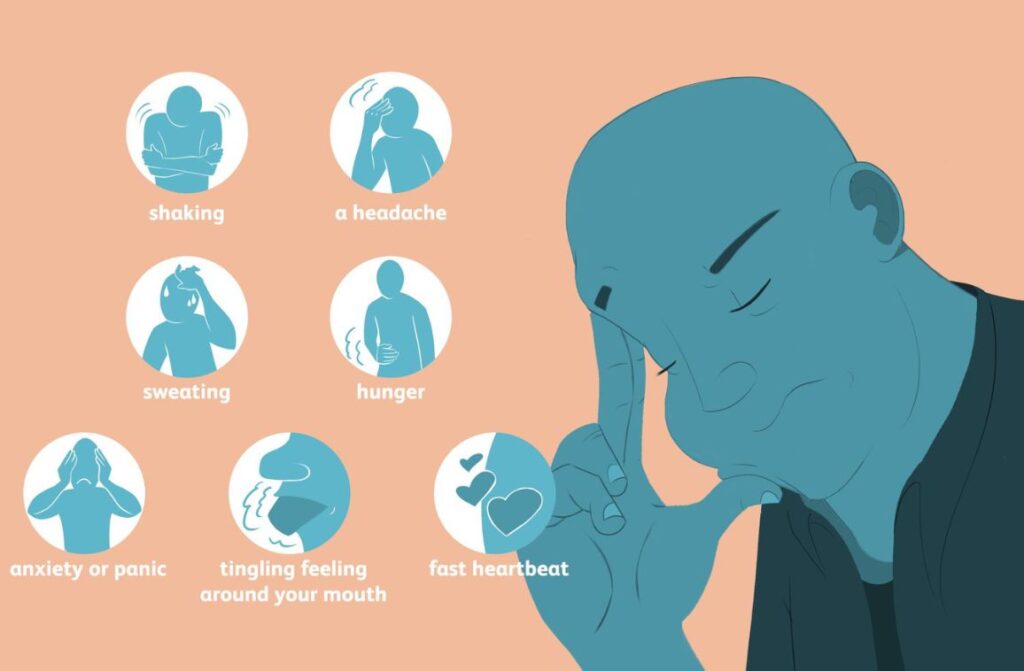Using his experience of operating on thousands of men over several decades, Professor Eden has recorded a short video for all patients considering a robotic-assisted radical prostatectomy with tips and guidance on what to expect as well as how to maximize your chances of successful surgery for prostate.
Full preservation of the two sets of nerves, as well as blood vessels (the neurovascular bundle, or NVB) that tend to lie at the back of the prostate, is indeed the most important step in maintaining potency (the ability to have penetrative intercourse) following robotic prostatectomy, but this step frequently does result in a little oozing of blood due to there being lots of small blood vessels in that area. This ooze usually does stop on its own, but in less than 1% of patients, it tends to continue and may also cause pain, infection, and tension on the new joint between the bladder and the urethra (where it is stitched together following the removal of the prostate), and rarely (1 in 400 patients) does require a blood transfusion. Making use of cautery (heat), stitches, and also small titanium clips to reduce this ooze is undesirable, as these steps can rather interfere with the functioning of the NVB and lower potency rates.
A potential solution
Several hemostats (solid or even liquid products that do reduce bleeding) are available for use during surgery, but few are known to cause inflammation, scarring, and also interference with post-operative scans (which are at times required if there is cancer recurrence in high-risk cancer patients). Yet, patients have been making use of a new hemostat for many years that has proved well.
Arista happens to be a powdered hemostat that is easy to apply robotically via a flexible plastic tube is plant-derived, and also disappears completely from one’s body within 48 hours. Presently the usage is of Arista for most recent patients, and analysis of early results showed that it did indeed reduce bleeding-related complications following robotic prostatectomy, but patients treated with Arista also surprisingly had, of course, better potency rates. Such results were presented internationally.
Preparation for surgery for prostate
- Eat a healthy diet.
- Walk 1-2 miles per day if lead; otherwise, a sedentary lifestyle.
- Quit smoking, if applicable.
- Reach a moderate weight, if required.
- Perform Kegel exercises three times per day.
- In addition to these steps, it is also important to eat well, stay physically active, and also get plenty of rest.
Possible explanations for respective differences that can be seen in the 2 groups (which were run one after the other) include greater surgical experience and also better nerve preservation on account of the adoption of a new early posterior release technique that was adopted 6 years ago, and Arista, possibly by coating the NVBs with a gelatin matrix, which does protect them from the harmful effects of inflammation.

In order to definitely answer this sort of question, there needs to be a plan that focuses on a simultaneous randomized controlled trial in 2023 with two other high-volume European centers (Hamburg and Gronau) also to investigate these differences. Whatever the results of such a trial, they will certainly be of much interest, and these will be posted for people to know the results.
Physiotherapists do have a special interest in prostate cancer and urinary continence and also discuss pelvic floor exercises before the operation. Pelvic floor exercises are indeed recommended to build Patients’ erections can be diminished immediately post-surgery, and there is also increasing evidence that early medical interventions can aid in both early recovery and eventual recovery of erectile functioning. strength and can also be commenced up to 8 weeks before surgery.
Conclusion
Doctors will also perform a flexible cystoscopy procedure on you a few weeks before surgery. This is a simple procedure but is important as it enables him to check the anatomy of the prostate and also to ensure that there is no other sinister pathology.


